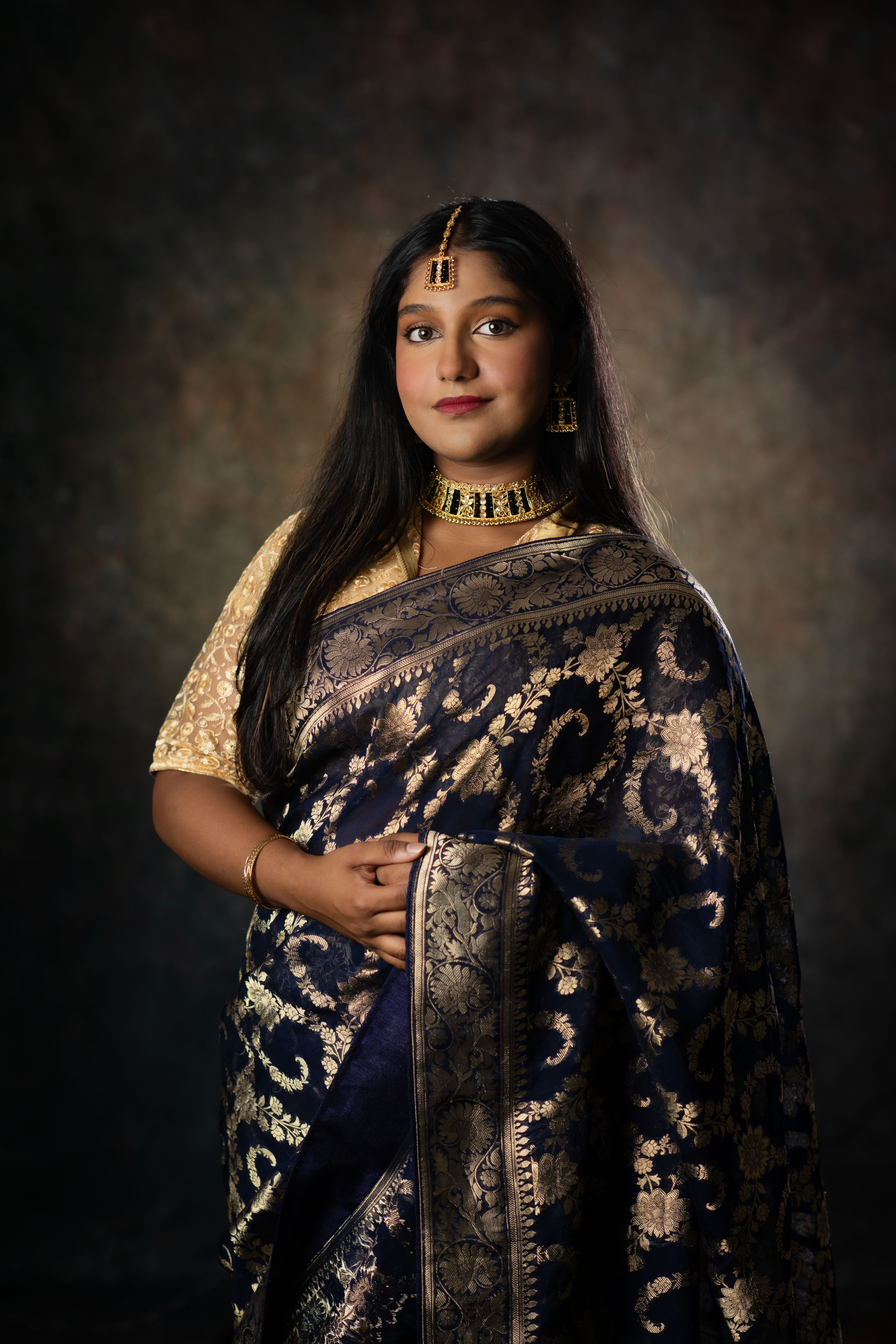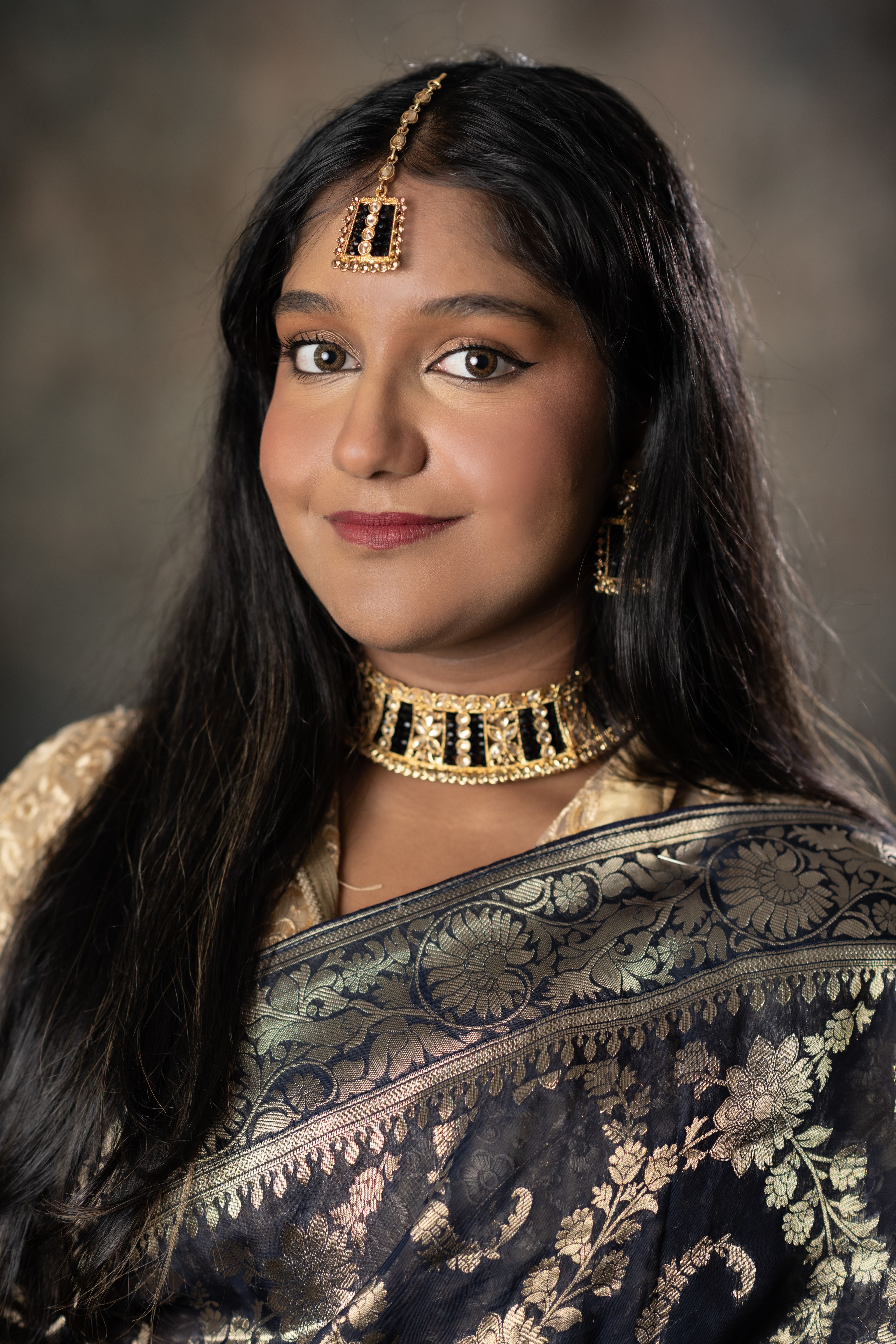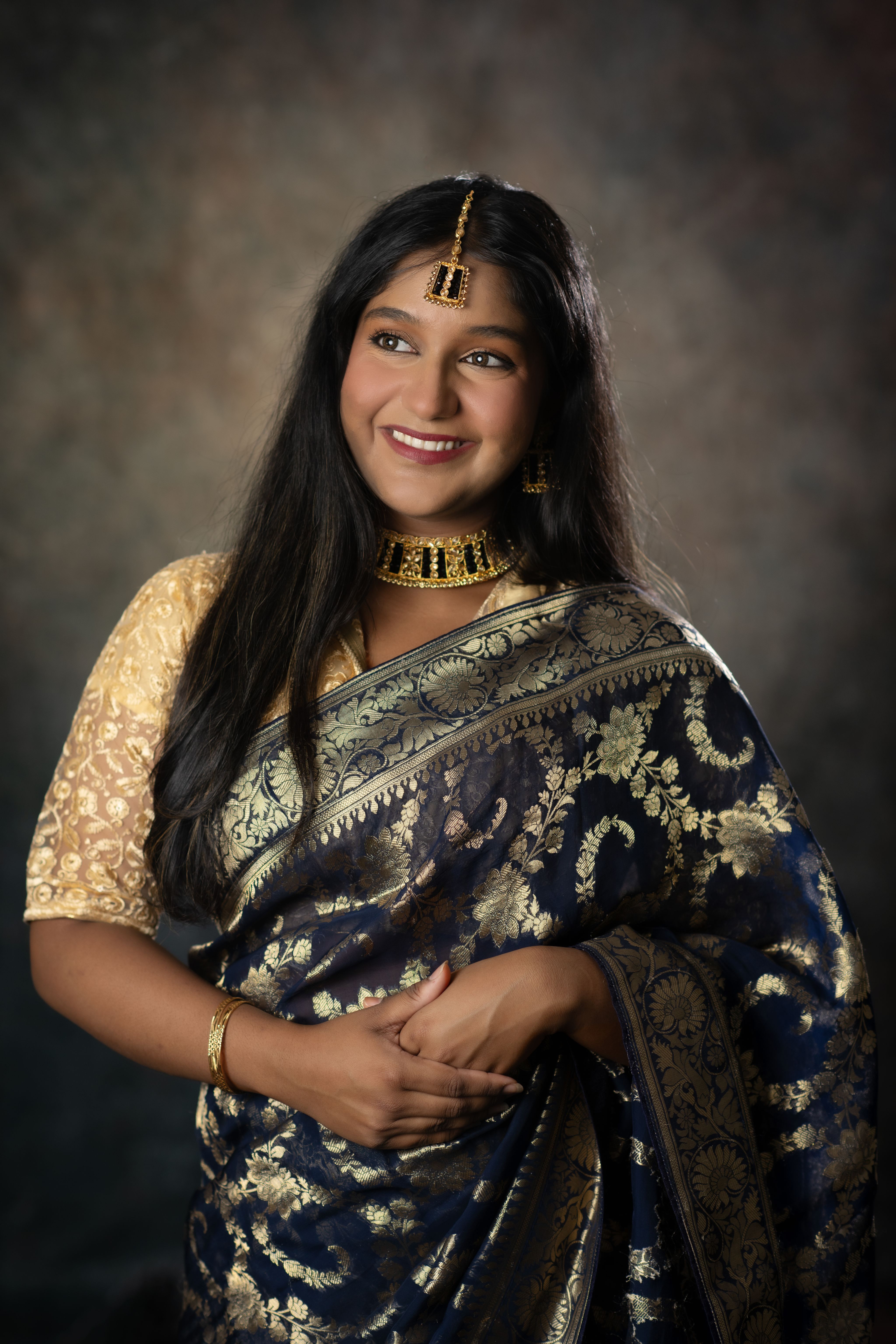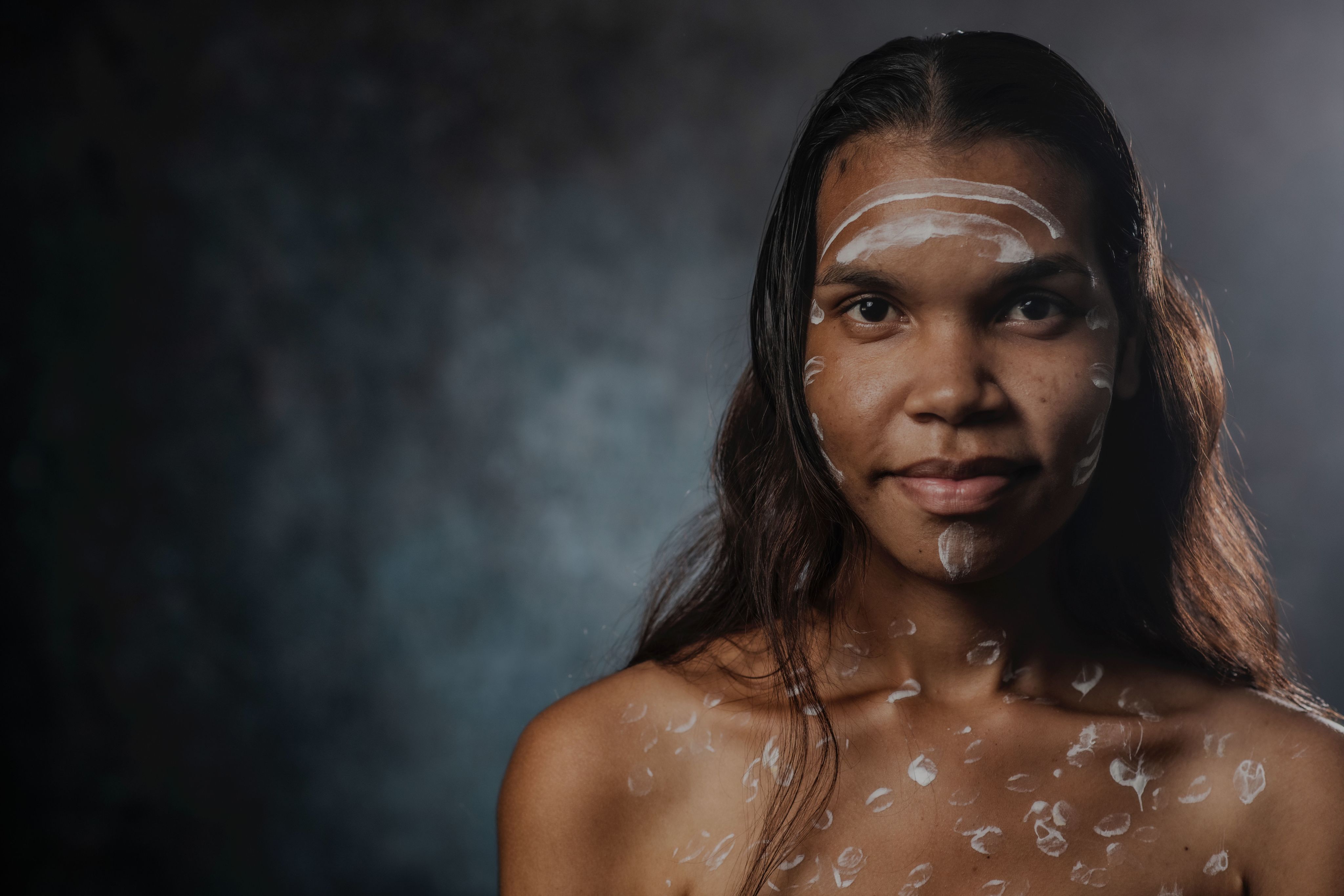
Postcards for our ancestors
Stories and legacies passed down through generations
Photos by Cavan Flynn
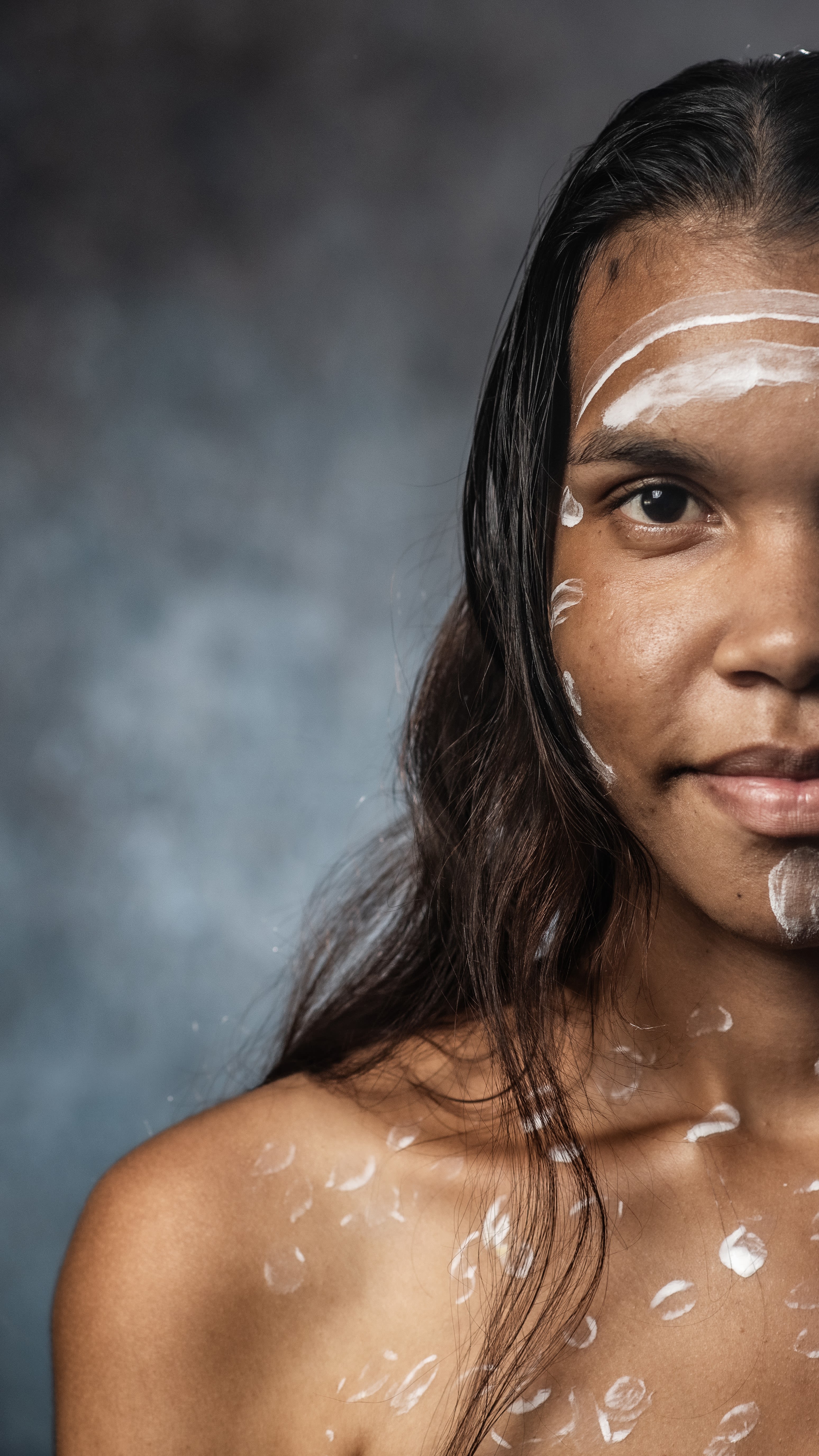
From Jawoyn Country to Tonga and Bangladesh, our Bond University community is made richer by the diverse community of students, from across Australia and the globe, who call our campus home. Learning about their traditions and family stories inspired Indigenous Student Success and Wellness Officer Teresa Blair to capture a glimpse of their cultural heritage. Through letters to their ancestors, traditional dress, body art and dance, our students have shared with us a look into their legacies.
“Dear nan,
As a Kuku Yalanji and Mualgal woman, it fills me with immense pride to know that I am a descendant of the oldest living culture in the world.
Throughout my life, you have provided me with invaluable knowledge that has been passed on for generations. This knowledge is something I hope to pass on to my own children one day.
I admire your strength and resilience in times of adversity. Watching you tackle these situations has helped me to develop my own identity and sense of purpose.”
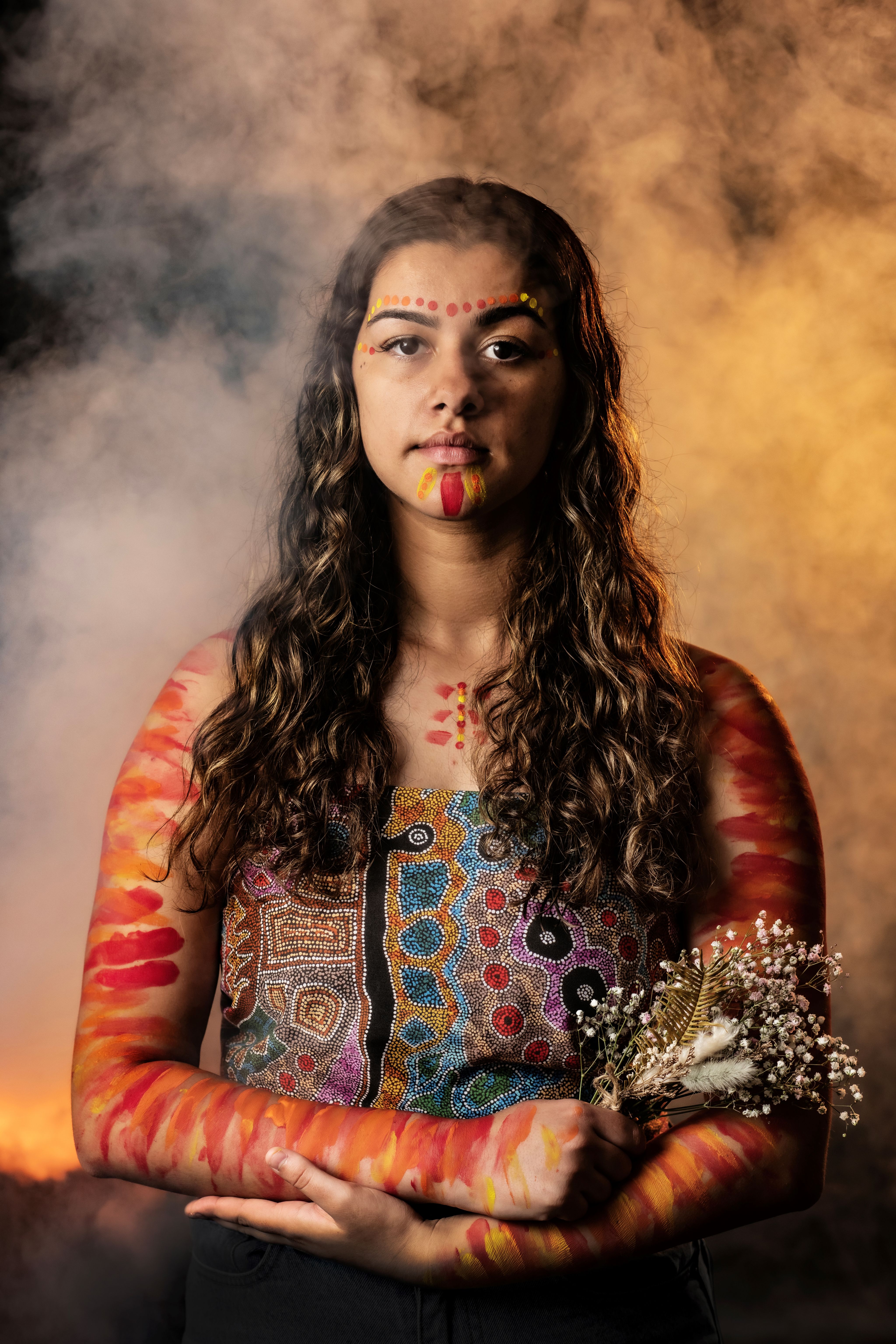
Jazmin Grant, Kuku Yalanji, Far North Queensland and Mualgal, Torres Strait Islands
Jazmin holds local dried flowers gifted by Salt Water Gumbayngirr woman Teresa Blair. This is a visual statement of respect and connection to the land on which we stand. As Indigenous people, we care for the land as it cares for us — a reciprocal relationship.

“It fills me with immense pride to know that I am a descendant of the oldest living culture in the world.”
Jordyn Bradshaw, Jawoyn, Northern Territory and Ngemba, New South Wales
Body painting and personal ornamentation carry profound significance within Australia's First Nations culture. For centuries, Indigenous peoples have used the body as a means of conveying history, cultural narratives, and traditions.
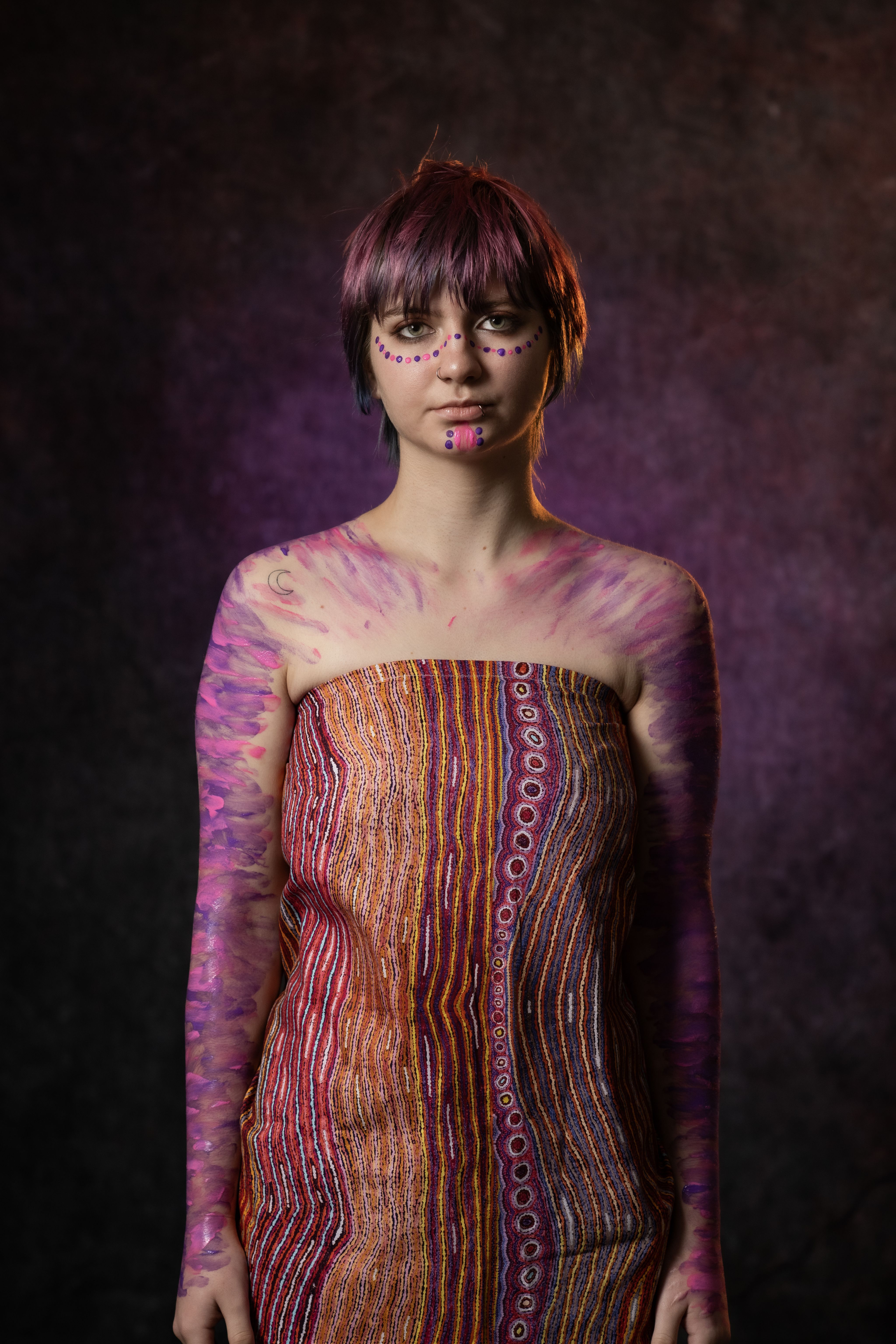
Jordyn Bradshaw, Jawoyn, Northern Territory and Ngemba, New South Wales
Body painting and personal ornamentation carry profound significance within Australia's First Nations culture. For centuries, Indigenous peoples have used the body as a means of conveying history, cultural narratives, and traditions.
“Dear mum and dad,
I want to say thank you for being a real motivation to actually further my education and pursue a long-term career so I can strive to be my best self. Your support means everything to me.
Thank you for sharing your motivational stories with us children. You guys have shaped our identities and principles of living, especially coming from a tiny little island, Tonga, with big dreams of exploring the world and giving back to our home country.
Your legacy lives on in my life and has truly shaped my future.
I hope one day I will be able to repay back your love, endless support and countless efforts. Thank you for believing in me.
Love you both forever & always.”
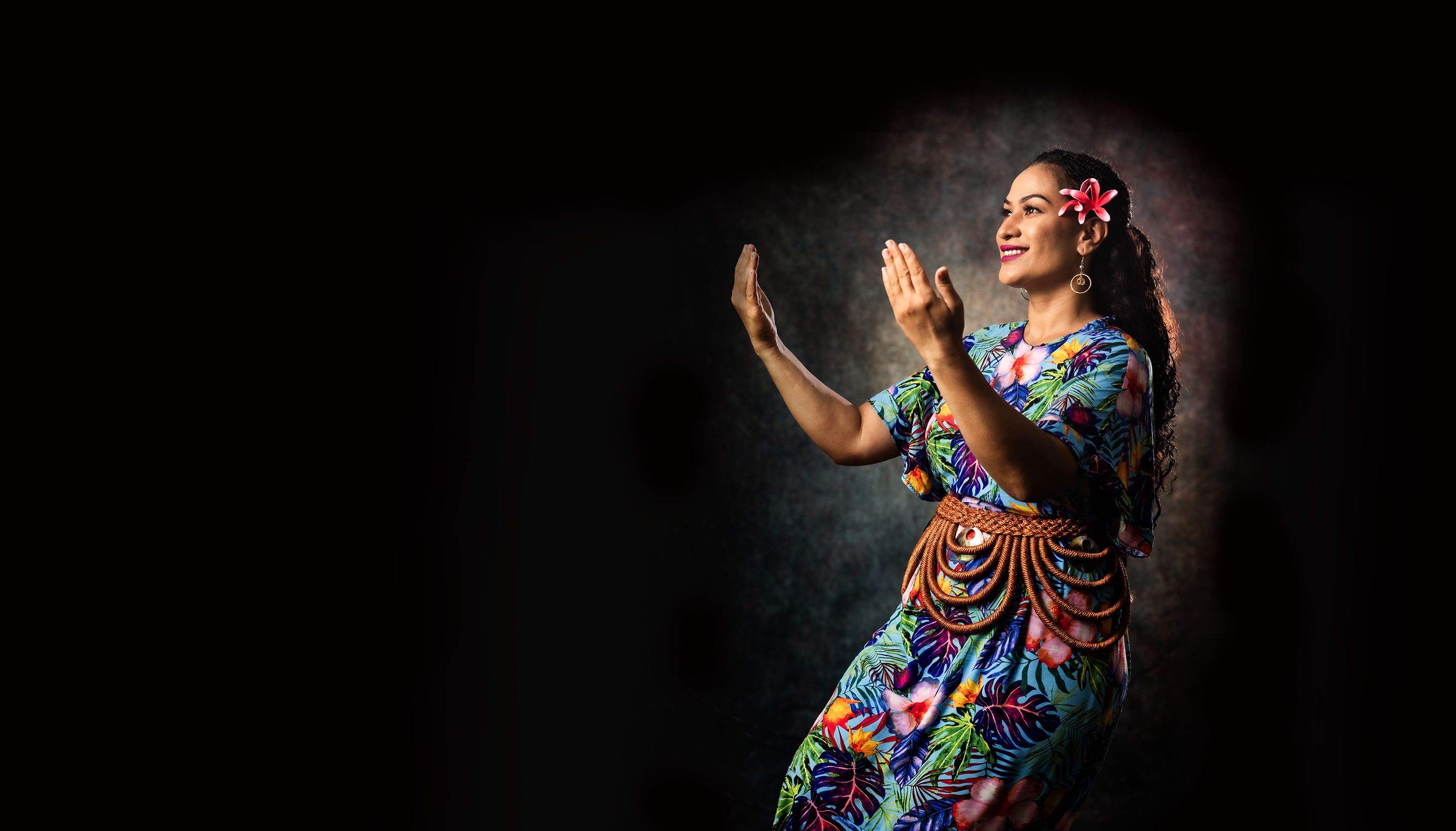
Pelenaise Fehoko Tukuafu, Tonga
Pelenaise explains, "My traditional attire embraces that God and Tonga are my inheritance. I am giving thanks and praises to God who is the beginning of knowledge and wisdom; he who created us all."

“Dear mum and dad,
I want to say thank you for being a real motivation to actually further my education and pursue a long-term career so I can strive to be my best self. Your support means everything to me.
Thank you for sharing your motivational stories with us children. You guys have shaped our identities and principles of living, especially coming from a tiny little island, Tonga, with big dreams of exploring the world and giving back to our home country.
Your legacy lives on in my life and has truly shaped my future.
I hope one day I will be able to repay back your love, endless support and countless efforts. Thank you for believing in me.
Love you both forever & always.”
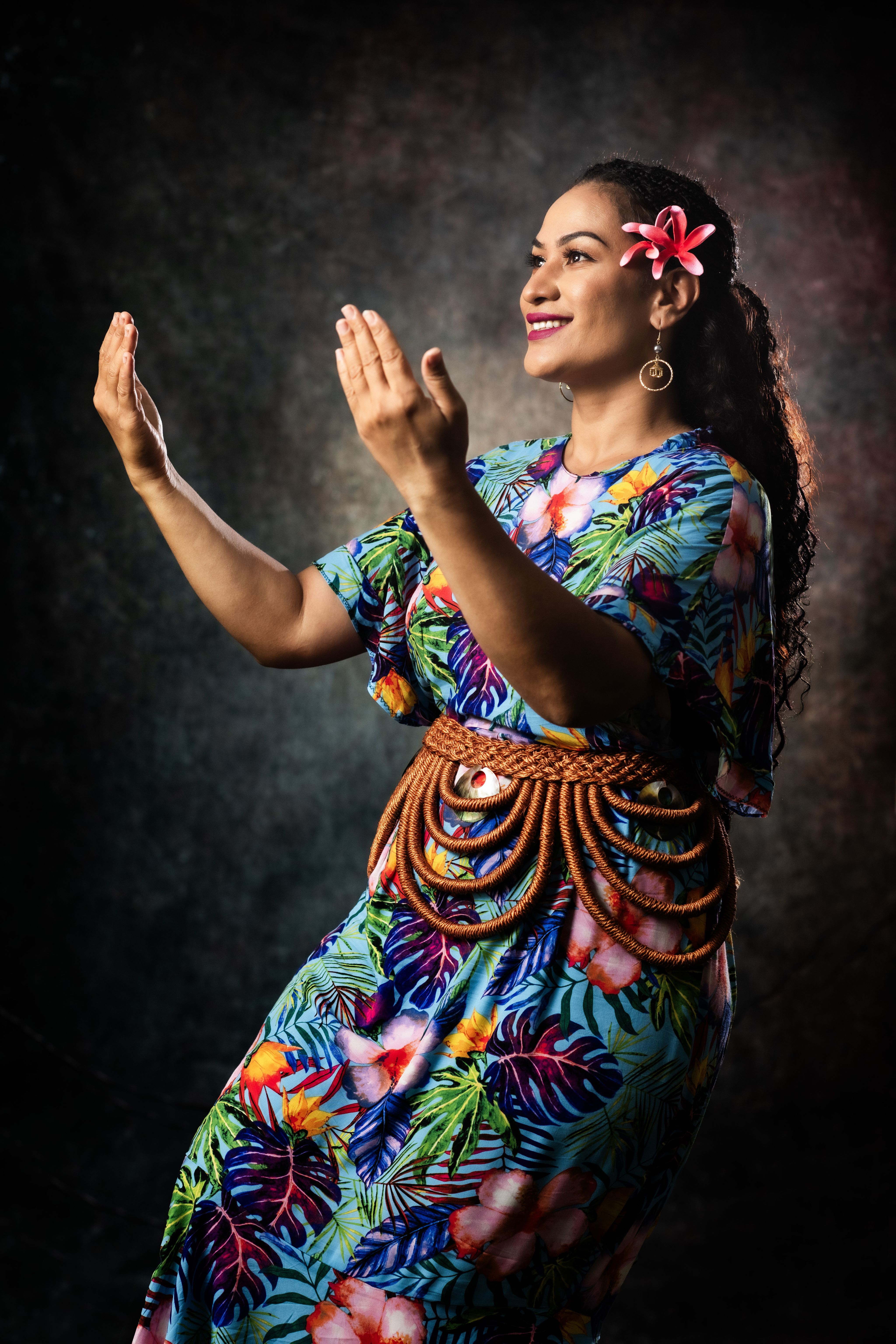
Pelenaise Fehoko Tukuafu, Tonga
Pelenaise explains, "My traditional attire embraces that God and Tonga are my inheritance. I am giving thanks and praises to God who is the beginning of knowledge and wisdom; he who created us all."

“Your legacy lives on in my life and has truly shaped my future.”
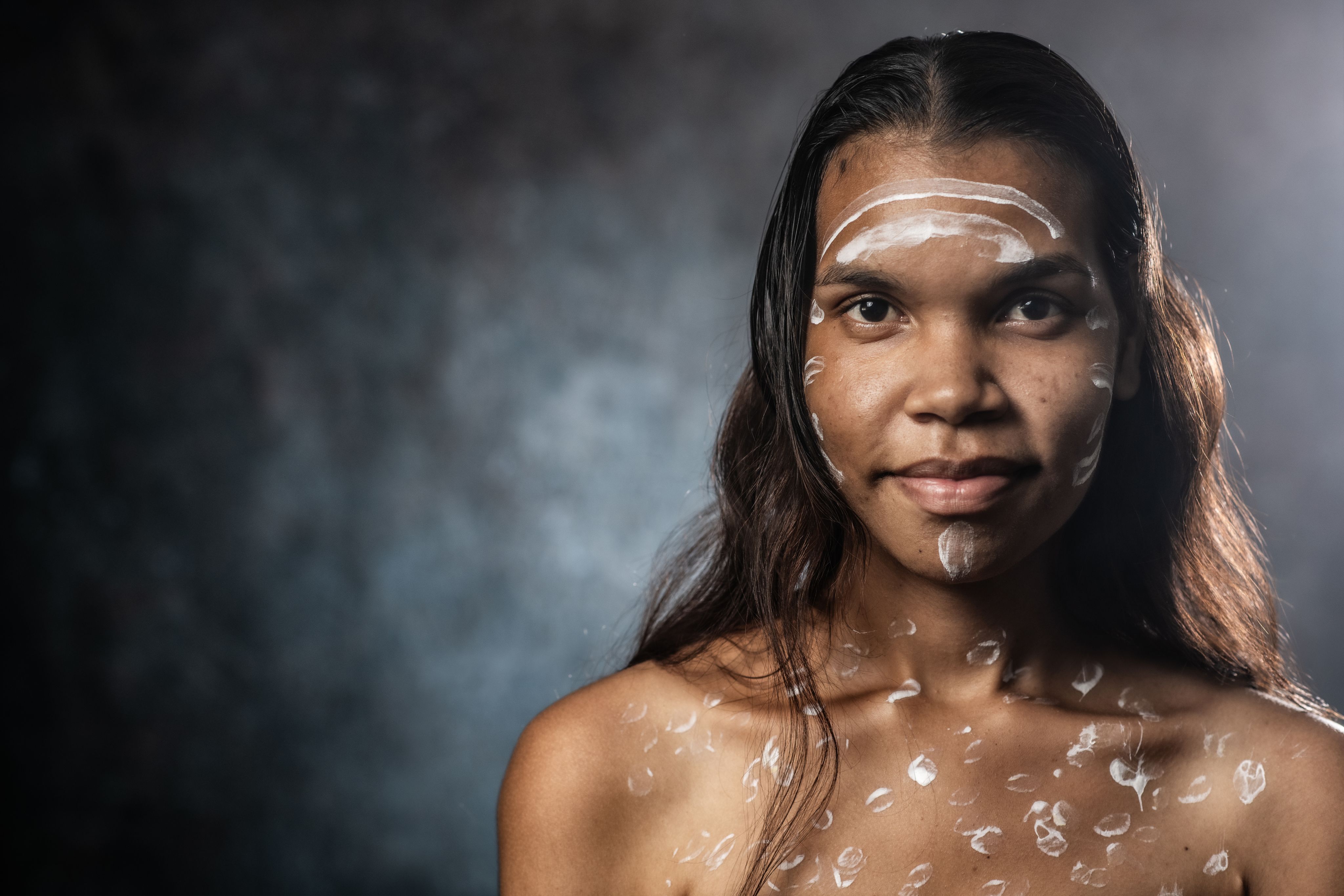
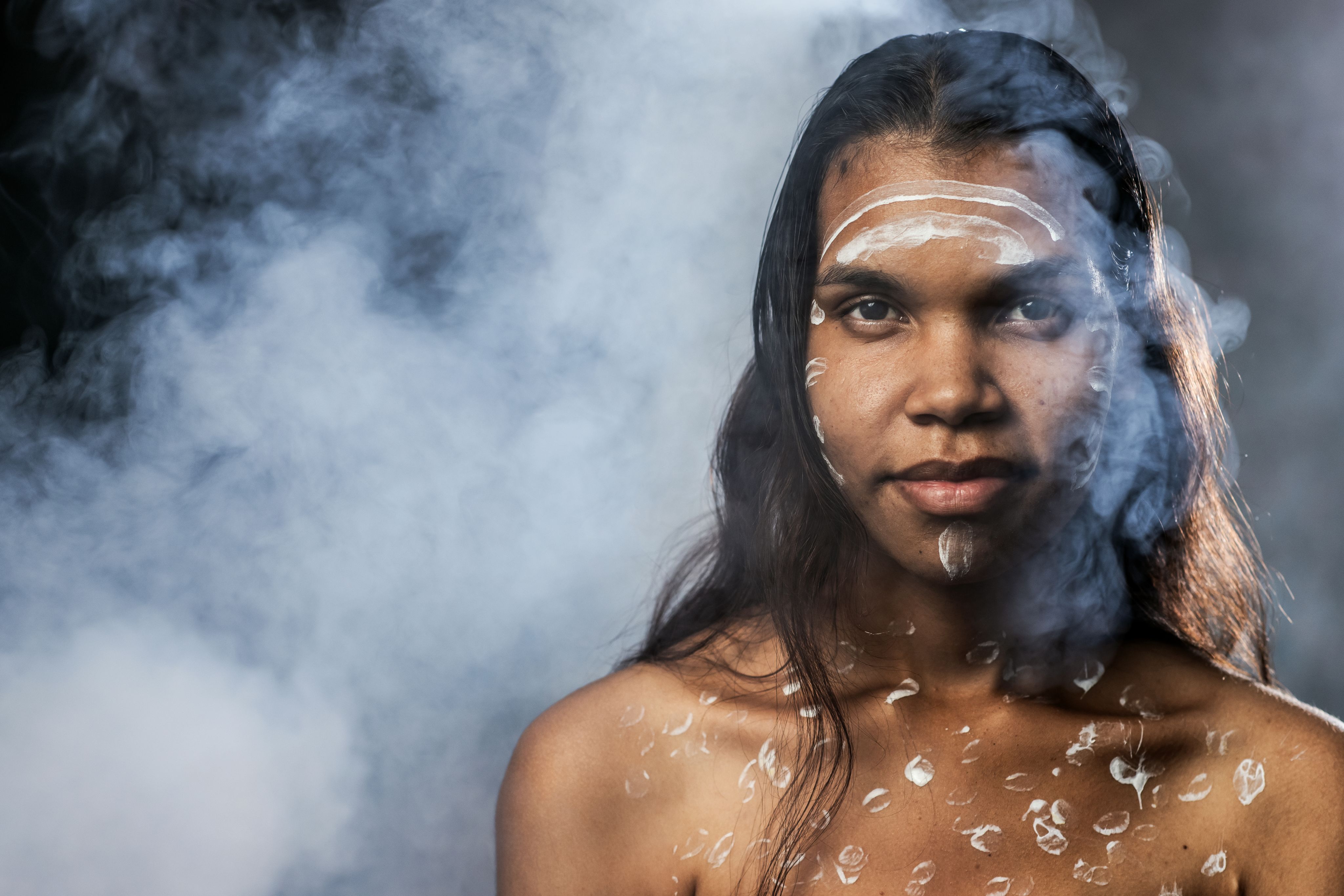
Leighanna Pascoe, Kuuku Ya’u, Lockhart River, Queensland
The paint on Leighanna’s forehead symbolises the stars, moon and Rainbow Serpent. The paint on her cheeks symbolises sitting around a fire and womens business. The dots on her chest symbolise footprints.


Leighanna Pascoe, Kuuku Ya’u, Lockhart River, Queensland
The paint on Leighanna’s forehead symbolises the stars, moon and Rainbow Serpent. The paint on her cheeks symbolises sitting around a fire and women's business. The dots on her chest symbolise footprints.
“I’m writing this letter to you, my great grandfather, Sardar Bachan Singh Benipal. You fought in World War II — and you’re among the men of your era known as the greatest generation. You taught me, in the worst of times, to remain strong and face adversity rather than avoid it. You faced a war and lived in such poverty that you lived most of your childhood barefoot. You were a Sikh through and through; a man of integrity, honour, respect, and pride. You never failed to uphold these. You have inspired me to work towards someone of that calibre. I would love to ask you what inspired you, what kept you going in hard times, and why you chose your path.”
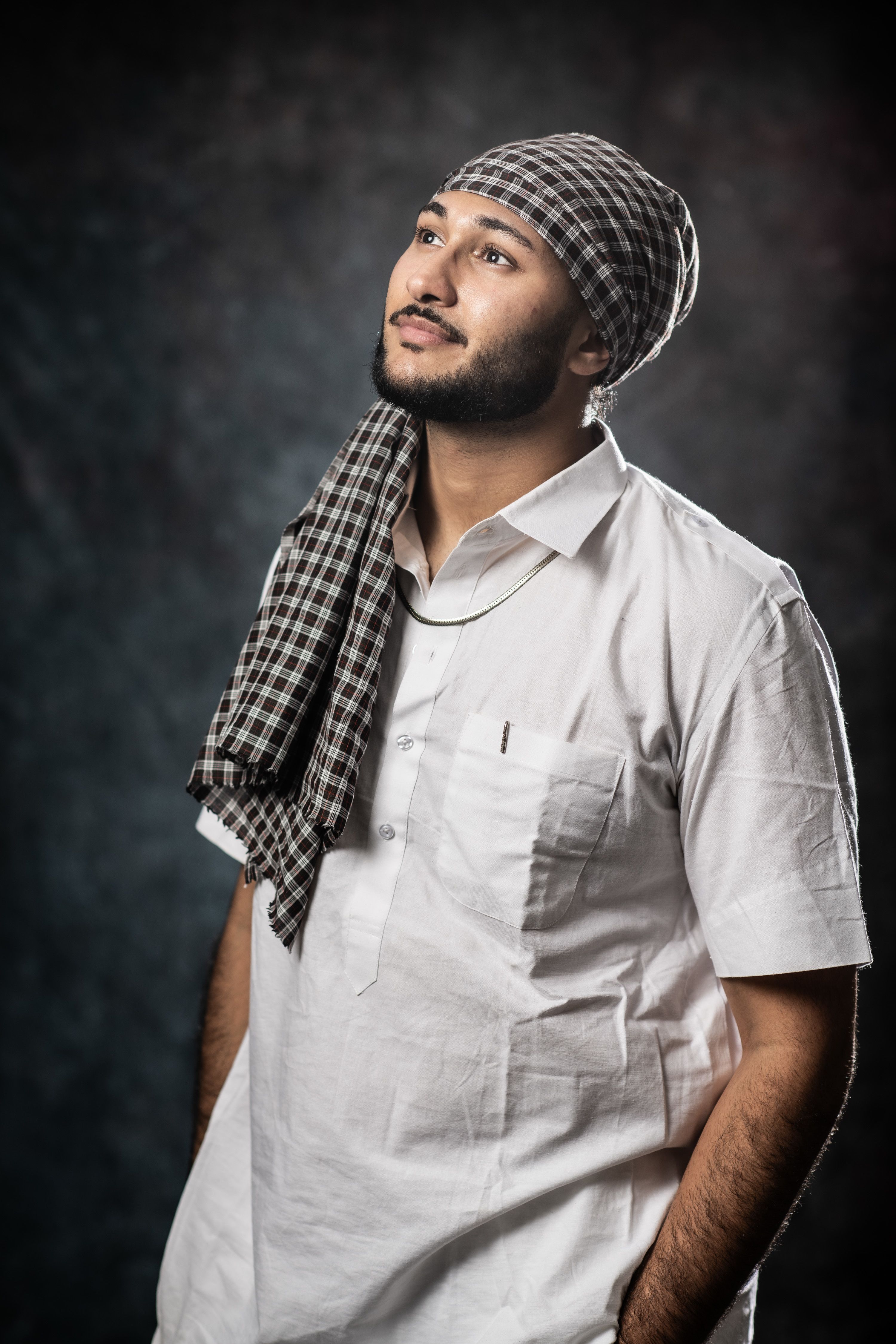
Jaskirat Benipal, Punjab, India
Jaskirat wears a traditional farmer turban he describes as "a symbol of honour, integrity and sacrifice".

Musarrat Khan (Mim), Bangladesh
Musarrat wears a saree. As a traditional garment, it embodies the heritage of Bangladeshi women, symbolising elegance, modesty, and grace. It's worn for everyday engagements as well as special ceremonies like weddings, festivals, and religious events. The saree is more than just attire; it connects generations.
“As mothers pass down sarees to daughters, familial bonds and traditions are reinforced. Beyond fashion, the saree signifies respect, tradition, and national pride,” Musarrat says.
Natanya Hayles, Jamaica and Ireland
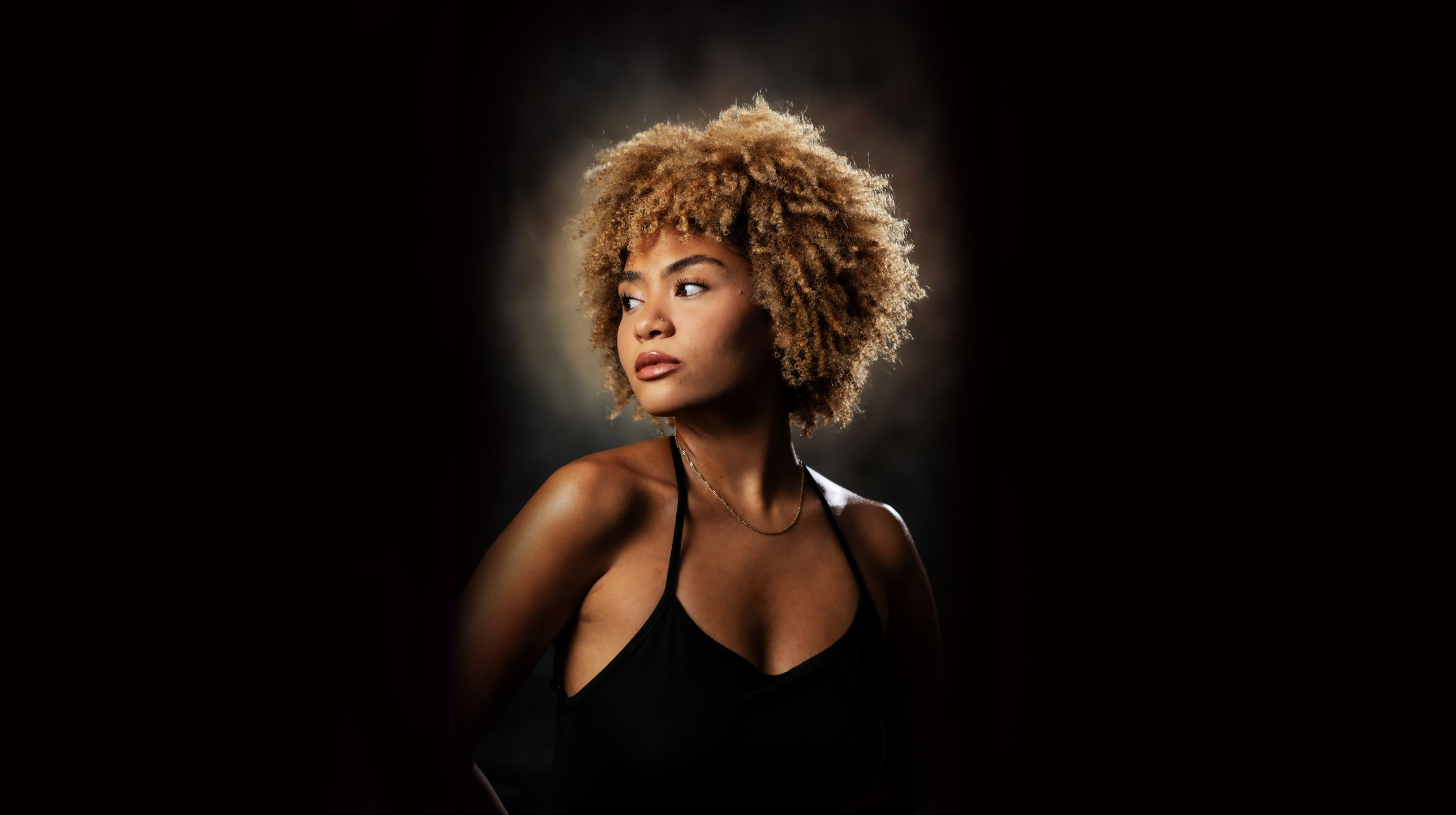
Annie-Mae Wales, Thanakwithi, Far North Queensland Yupungathi and Gurawa, Northern Territory
Annie-Mae is wearing a top created by First Nations Salt Water woman Teresa Blair using mainstream Indigenous fabrics.
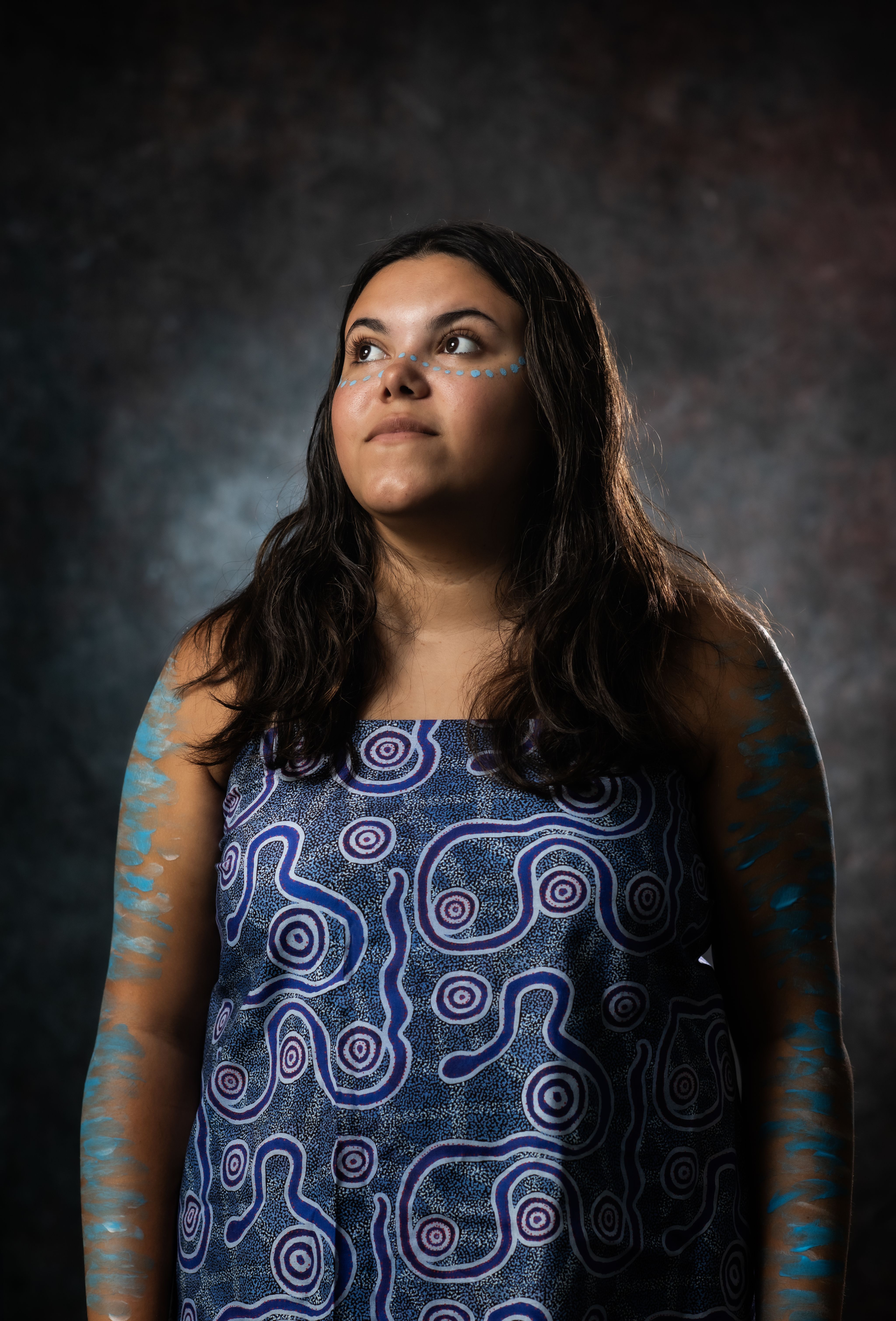
Yuping Liang, China
Yuping is wearing a traditional dress called a cheongsam. The dress typically features a high-standing collar and a right-side placket, with the placket often fastened with disk buttons. Yuping explains that different styles of cheongsams are worn for different occasions, including weddings or social gatherings. The garment has evolved over hundreds of years and became a symbol of women's liberation in the early 1900s when the design began giving more emphasis to a woman's curves.
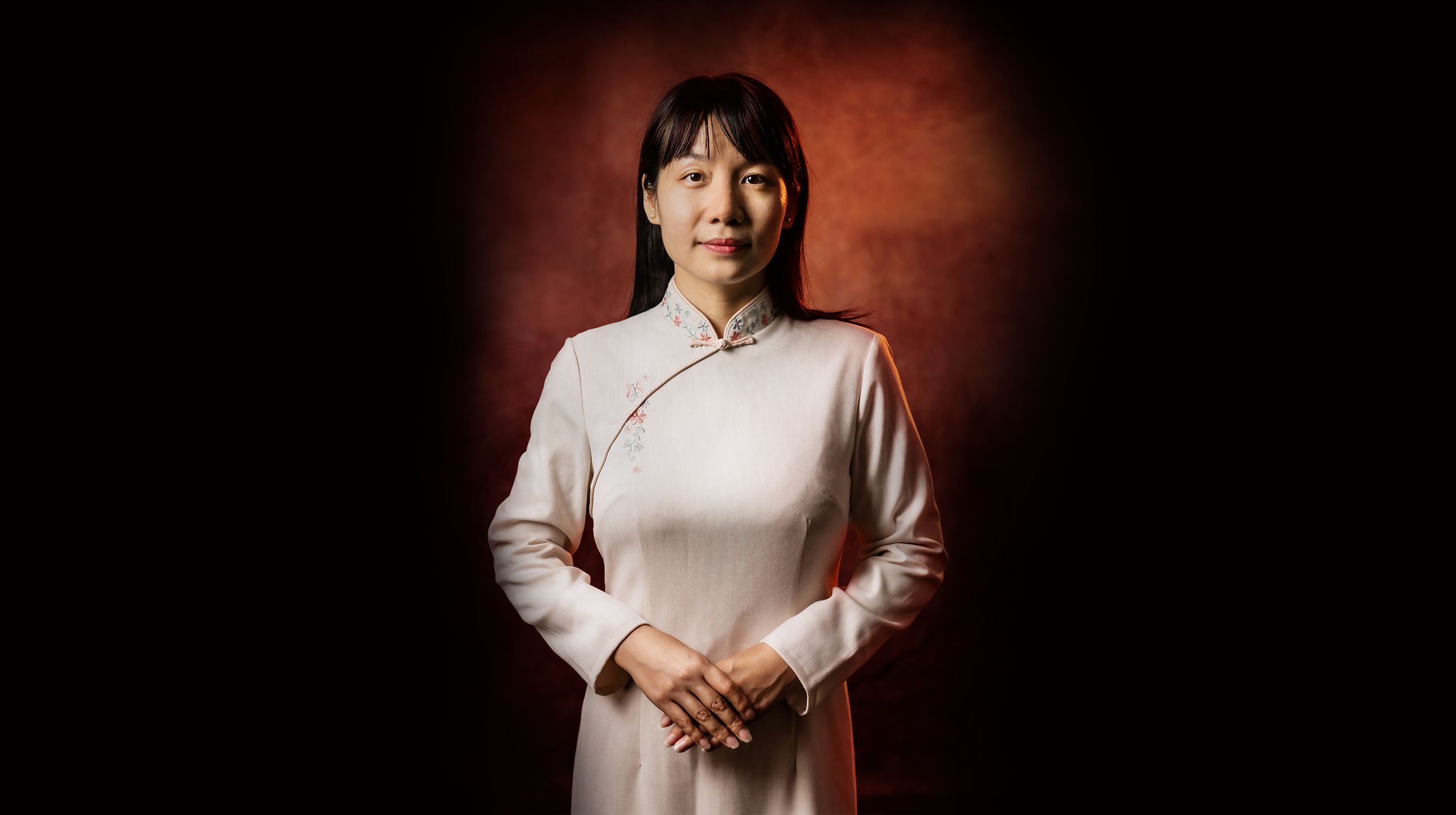
Original thinking direct to your inbox

Stories from Bond
